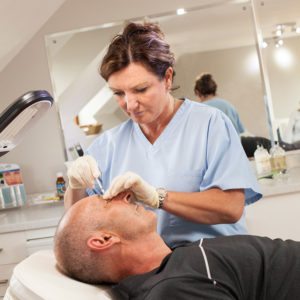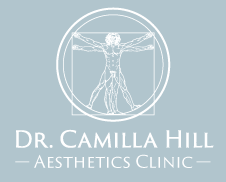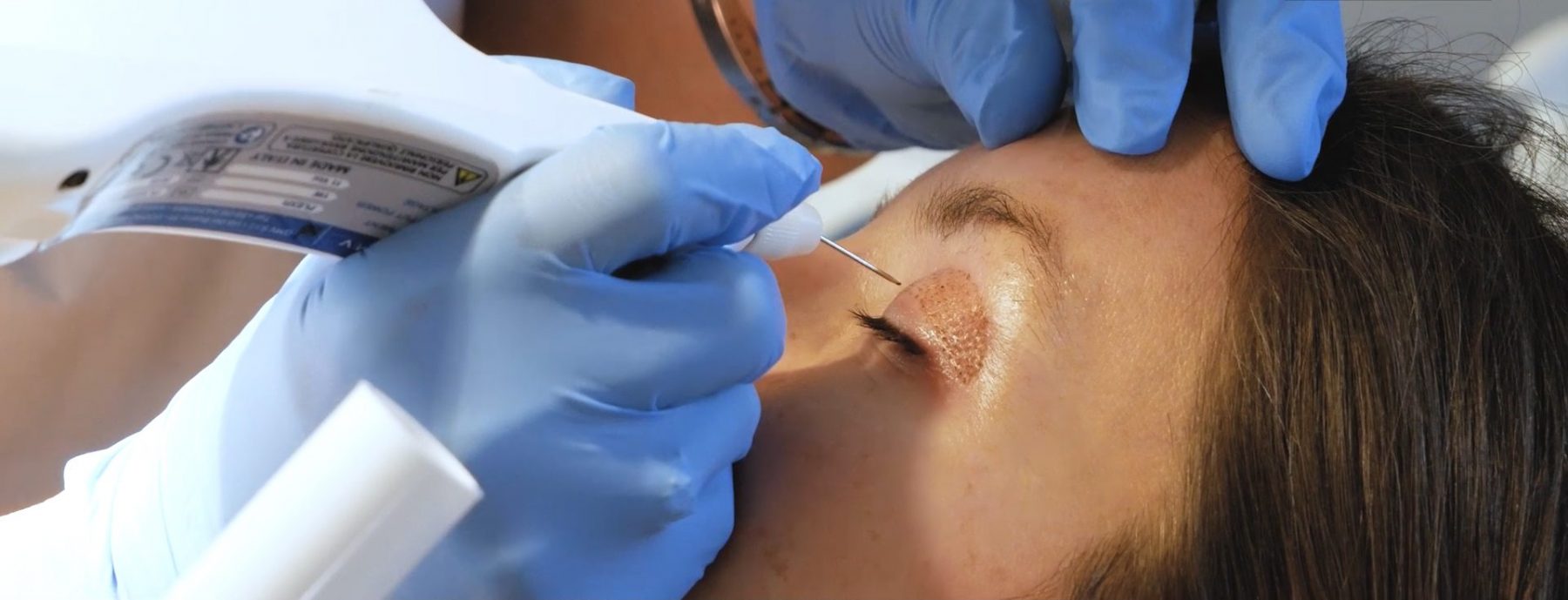Aesthetic treatments may be concerned with outward appearances but are undeniably associated with overall health – and this is why ensuring you are seen by a fully qualified professional is vital.
Even in the use of non-surgical cosmetic procedures, it is important that the health and wellbeing of the client is considered.
Indeed many procedures require a medical professional to be consulted to meet legal regulations.
While aesthetic treatments are designed to make you feel and look your best they do need to be tailored towards individual needs, including undergoing a full assessment where the client is made fully aware of any potential side effects.
To this end, it is essential that when considering treatments such as fillers, facial rejuvenation or PLEXR you seek the advice of a qualified and reputable aesthetic doctor.
Look out for unqualified practitioners
Sadly too many unregistered practitioners are preying on clients and providing aesthetic treatments they are not legally entitled to, usually by offering a lower price tag.
As with all things in life, if it sounds too good to be true there is a very real chance that it is indeed the case.
It is shocking that some practices offer aesthetic treatments such as fillers without having adequate insurance or training.
There have even been reports of unqualified practitioners using fake products, such as fillers, putting the health of their clients at risk.
Signs to watch out for:
- Only offering one procedure – a professional aesthetic doctor should be able to discuss the best individual options
- Reluctance to show paperwork
- No signs of affiliation to a professional body
Play it safe
A licensed and trained medical professional will not cut corners or compromise on standards; their main priorities are safety and quality.
That quality runs to more than just administering the treatment. In the hands of a medical professional, clients can have peace of mind that the best quality products are being used in a sterile and clean environment. Health and safety needs to be a top priority.
Patients should be in no doubt that the person performing a cosmetic procedure on them is a qualified professional aesthetic doctor.
How to find a reputable aesthetic doctor
The very first step in looking for an aesthetic treatment practitioner should be checking their medical credentials.
Dr Camilla Hill brings a wealth of medical experience to her practice having trained at Birmingham Medical School before working as a GP and a medical consultant for Bupa. She trained to become an aesthetic doctor in 2014.
With 27 years of medical experience, Dr Camilla Hill offers reassurance to those considering aesthetic treatment that they are in a safe pair of hands.
Patients will have procedures discussed in detail with them and will be made fully aware of any potential side effects. Products used are of the highest quality.
Dr Camilla Hill is also an associate member of the British College of Aesthetic Medicine (BCAM) and registered with the General Medical Council (GMC).
These professional bodies give confidence to members of the public that medical professionals have met a high standard of training.
If a practitioner claims to be a doctor but cannot verify this – and is not registered with a relevant organisation – then you should check what exactly their doctorate is in. To ensure the highest standards aesthetic doctors should be able to demonstrate their medical background.

A reputable aesthetic practitioner should:
- Be insured with a medical indemnity policy
- Have proof of their qualifications
- Explain side effects
- Offer a range of treatments
- Explain post-treatment care
- Be registered with a relevant organisation, such as BCAM
When you are happy that an aesthetic doctor meets the professional criteria needed, seek client testimonials out to give you peace of mind that this is the right choice for you.
When it comes to protecting your body and seeking treatment to improve it, or to manage a condition, do not compromise – always seek the advice of a registered medical professional.







